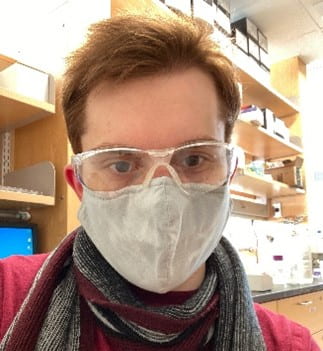
Liquid is the material state whose shape depends on the container; on the other hand, solid material has a specific shape that resists the external force-induced deformation. Most of the time, we can tell if the material is liquid or solid by examining its response to external force. However, can you think of a material that can be both liquid and solid at the same time depending on how you interact with the material? In this hands-on activity, we will guide you to make a material that is between liquid and solid. When you gently and slowly poke the material, it is fluid like water but when you poke it hard and fast, it is elastic like a solid material. This material is categorized as a non-Newtonian fluid. In this activity, you will learn how non-Newtonian fluid behaves differently from conventional Newtonian fluid.
We want to see your work! Take a photo or video and upload it here to our special TouchTomorrow virtual bulletin board!
Activity contribution: Edward J. Jarvis and Kun-Ta Wu designed the activity. Edward J. Jarvis prepared the exhibit and instructional videos. Kun-Ta Wu supervised the activity development.
Acknowledgement: Kun-Ta Wu acknowledges the support from National Science Foundation (CBET-2045621)

Edward is a physics PhD student at WPI. He works as a member of Professor Kun-Ta Wu’s lab studying the properties of a complex fluid called kinesin-microtubule active fluid. When not conducting research or teaching undergraduate students, Edward loves to go hiking and skiing in the White Mountains of New Hampshire.
Learn more about Professor Kun-Ta Wu and Wu Lab.